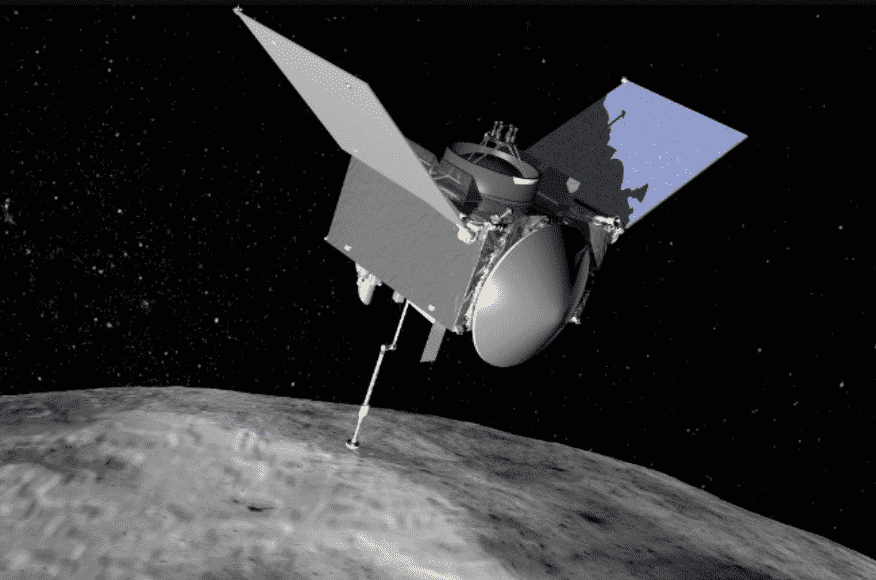The importance of customer feedback in achieving sales success
This week, NASA announced the successful landing of a spacecraft showing its successful and historic touchdown on the asteroid Bennu. Apparently, the touchdown was within 3 feet of its target on a rapidly moving asteroid, about the size of the Empire State Building, some 200 million miles from earth. Pretty impressive.
I’m no expert on space launches, but appreciate that when the rocket launched, NASA scientists and engineers didn’t just aim for Bennu and hit the launch button. There’s a whole lot of mid-course adjustments, called telemetry involved. That means millions of measurements and course corrections.
Thinking about how complex sales efforts in enterprise succeed and fail, there are some parallels. As experts in Win-Loss Analysis and having conducted thousands of customer interviews over a 20-year period, we observe some broad trends. And one of the key trends is that when sales are lost to a competitor, it’s often because there is a lack of mid-course correction. A lack of telemetry, if you will.
Here’s how that might play out. Your prospect and their solution needs are qualified, leading to a proposed solution. In the often-long traverse of time from this initial solution proposal, other key people in the client organization get involved. Usually, that leads to a shift in the ideal solution, in the client’s collective eyes.
Meanwhile, competitors get involved and propose their solutions, which often are not clones of the early solution (e.g., your proposal). The prospect “goes to school” on your proposal and talk track, as well as all those competitive solutions.
Making this worse, often the champion at the prospect company becomes overwhelmed by the complexity and managing all the sales and marketing communications coming from the now several suitors. In this situation, they frequently fail to communicate how their decision process is trending. In effect, if you were the early proposal, you become associated with the initial proposal and aren’t always brought along with the shifting thinking.
By the time the finalist process begins, you may have gone from the favored early solution provider to second or third place in the prospect’s minds. But they owe you a seat at the table, at least for the finalist presentation.
The asteroid shot analogy is obvious. It is incumbent upon you to stay close to your champion and probe deeply along the process as to shifts in perspective. And to learn who else they are talking to, so you can do comparative education. In this way, you can certainly make shifts in your offering to be the favored solution.
It would be a shame to travel 200 million miles, only to miss by a few feet.

